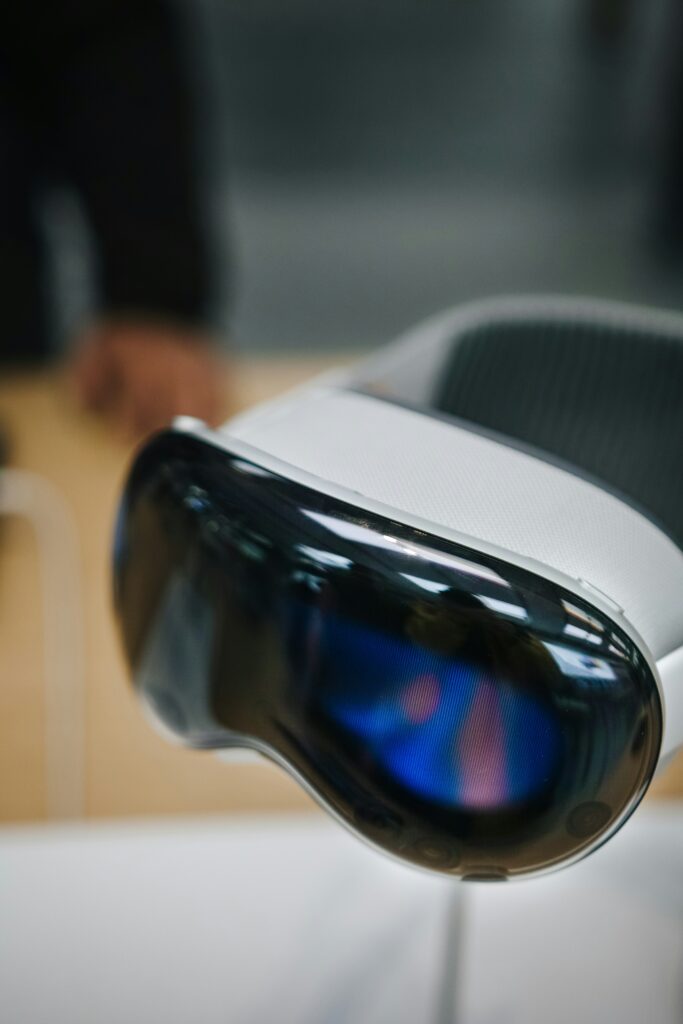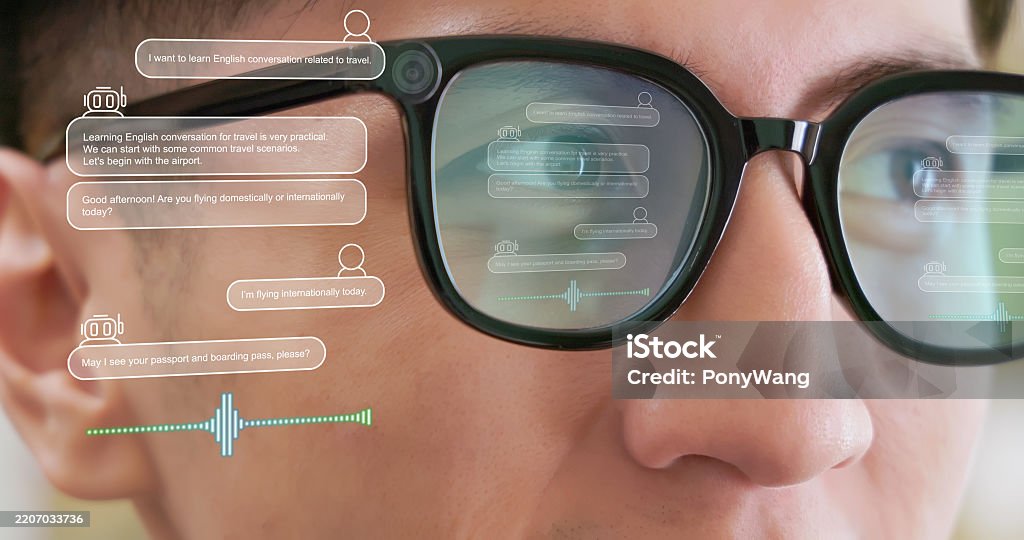Explore the world of AI eyewear, smart glasses, AR/VR devices, and assistive vision technology. Malaya Optical shares insights on wearable tech from a clinical perspective.
Once upon a time, glasses simply helped you see clearly. Now, they can translate languages, take photos, guide your workouts, and even alert you to health issues, all thanks to AI-powered eyewear.
At Malaya Optical, we’ve witnessed eyewear evolve from prescription lenses to luxury style statements, and now to intelligent wearable tech. As Malaysia’s premier optometry centre since 1957, we’re excited to guide you through the emerging world of AI eyewear, its game-changing features, and how it compares across categories from smart glasses to AR/VR headsets.
What Is AI Eyewear?
AI eyewear refers to glasses or goggles embedded with artificial intelligence technologies that allow real-time interaction with the environment. These devices blend sensors, voice recognition, displays, and connectivity to enhance both digital and physical experiences.
AI eyewear goes far beyond just “smart glasses.” It’s a broad category that includes:
- Camera-equipped glasses with real-time processing
- Voice-command smart assistants built into your frames
- Augmented reality (AR) and mixed reality (MR) overlays
- AI-driven health monitors tracking brainwaves, eye movement, fatigue, and more
Types of AI Eyewear: From Everyday to Immersive
Let’s break it down into four key categories:
1. Smart Lifestyle Glasses (Everyday AI)
Lightweight glasses designed for daily wear, blending style and digital convenience
Features:
- Audio commands (e.g., Google Assistant, Alexa, Meta AI)
- Hands-free photo/video capture
- Call, text, and notification alerts
- Fitness and navigation prompts
Popular Models:
- Ray-Ban Meta Smart Glasses (Meta x EssilorLuxottica)
- Amazon Echo Frames
- Bose Frames Tempo (audio-focused)
Pros: Fashionable, user-friendly, good battery life
Cons: Limited display features, basic AI
2. AR Glasses (Augmented Reality)
Overlay digital data on the real world, ideal for gaming, work, or industrial tasks
Features:
- Real-time translations
- Navigation overlays
- Smart productivity apps
- Interactive holographic screens
Popular Models:
- XREAL Air 2
- Vuzix Blade 2
- Magic Leap 2
- Snap Spectacles 4.0
Pros: Engaging mixed reality experiences
Cons: Often bulky, limited app ecosystems, privacy concerns
3. VR/Immersive Headsets
Enclosed devices for fully digital environments, ideal for gaming and virtual meetings
Features:
- 360° spatial tracking
- Hand gesture recognition
- Virtual simulations
- Vision training for athletes or patients
Popular Models:
- Meta Quest 3
- Apple Vision Pro
- Sony PlayStation VR2
Pros: Incredible immersion, advanced AI tracking
Cons: Not suitable for long wear, motion sickness risk, no prescription lens integration

4. AI Health/Assistive Eyewear
Designed to help individuals with visual impairment or neurological needs
Features:
- Object and obstacle detection
- Voice-to-text or magnification
- Fatigue tracking
- AI eye movement analysis
Popular Models:
- Envision Glasses (for low vision)
- NuEyes Pro
- Oculenz AR Wearable Visual Aid
Pros: Life-changing accessibility for vision-impaired users
Cons: Niche audience, steep price tags
How Does the Technology Work?
AI eyewear often combines:
- Eye-tracking sensors
- 5G/Bluetooth connectivity
- Machine learning algorithms
- Natural language processing (NLP)
- Spatial mapping and GPS
These systems allow real-time adjustments, making your glasses as responsive as your smartphone, if not smarter.
Pros & Cons of AI Eyewear
| Pros | Cons |
|---|---|
| Hands-free functionality | Short battery life (in some models) |
| Real-time information | Privacy and security risks |
| Useful for accessibility and productivity | Costly for early adopters |
| Fashion-meets-function designs | May lack prescription compatibility |
| Fitness and health tracking | Limited to brand ecosystems |
Clinical Optometrist Insight: AI + Eye Health?
As exciting as these innovations are, AI eyewear should never replace proper eye care. In fact, prolonged use, especially of AR/VR devices can strain the eyes if not balanced with regular screen breaks and lens corrections.
At Malaya Optical, we recommend:
- Regular comprehensive eye exams, especially if using AR/VR devices
- Blue light protection lenses when combining AI eyewear with digital work
- Exploring AI tech alongside custom progressive or prescription eyewear
Can AI Eyewear Be Paired with Luxury Optical Design?
Absolutely but smart eyewear design is still catching up. Most AI wearables are bulky or sport-focused, though brands like Ray-Ban Meta are bridging the gap between lifestyle fashion and next-gen tech.
At Malaya Optical, we envision a future where frames from LINDBERG, MYKITA, and RYAN ADDA are seamlessly compatible with emerging tech – pairing vision precision with wearable intelligence.
Want to See Smarter?
If you’re curious about AI eyewear, virtual display lenses, or eye care that keeps up with your digital lifestyle, our expert optometrists are ready to help.
Book a consultation and explore how clinical-grade lenses, ergonomic design, and emerging tech can all work together, intelligently.


